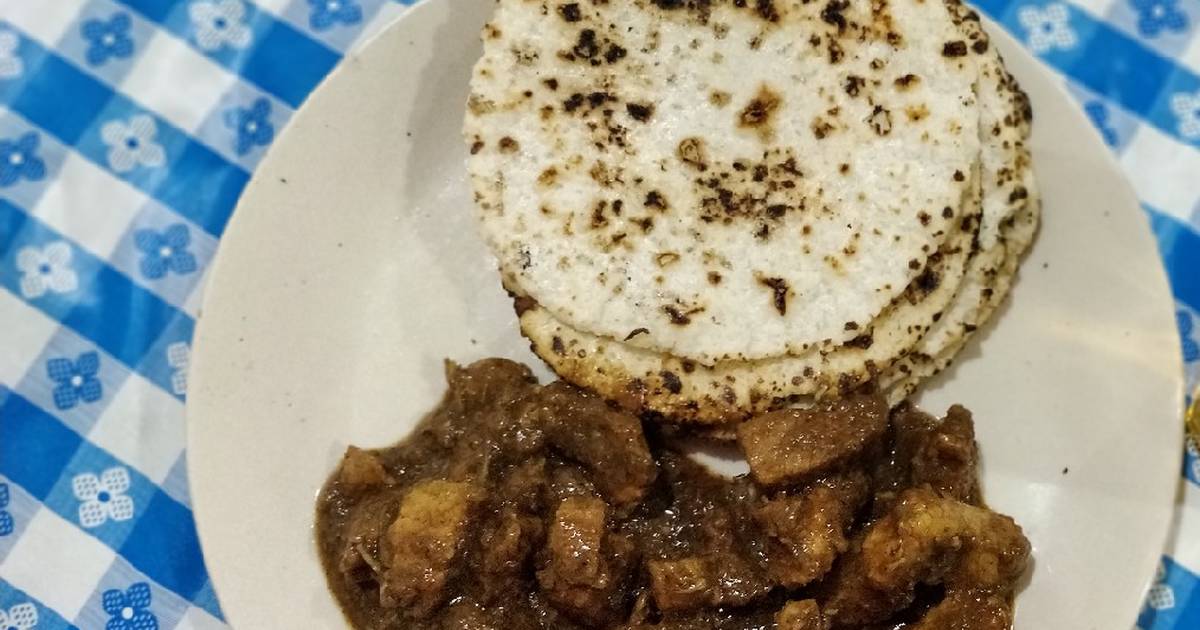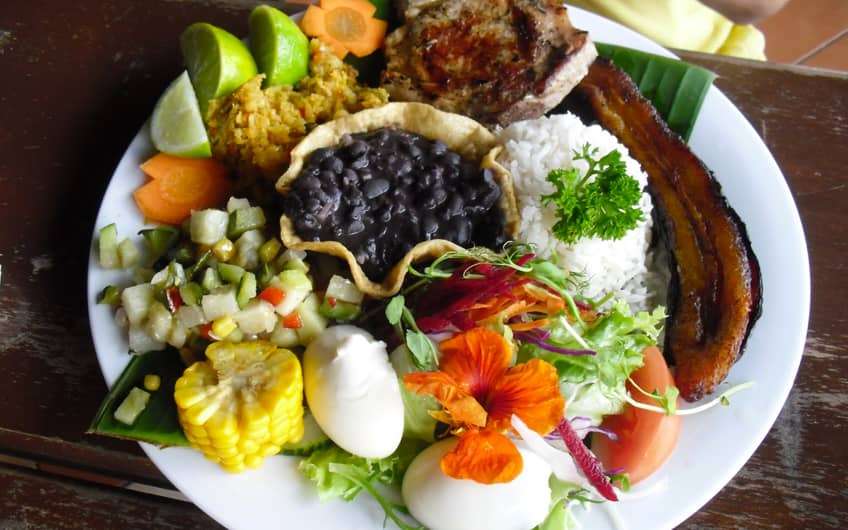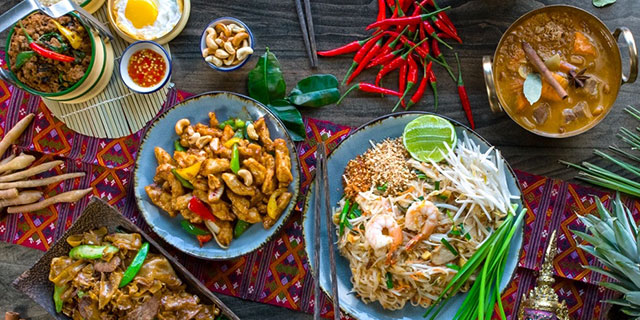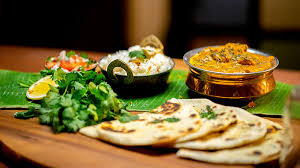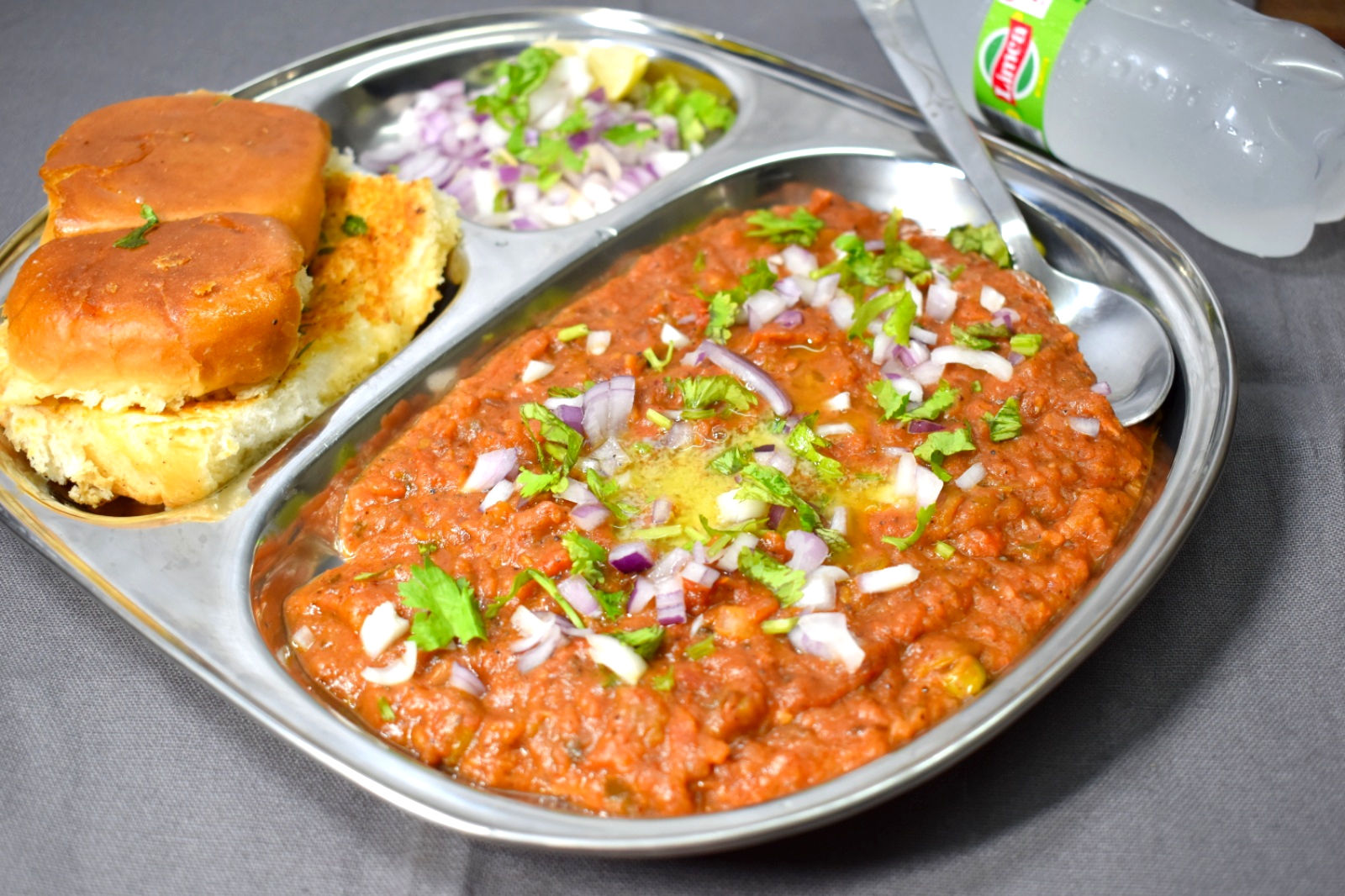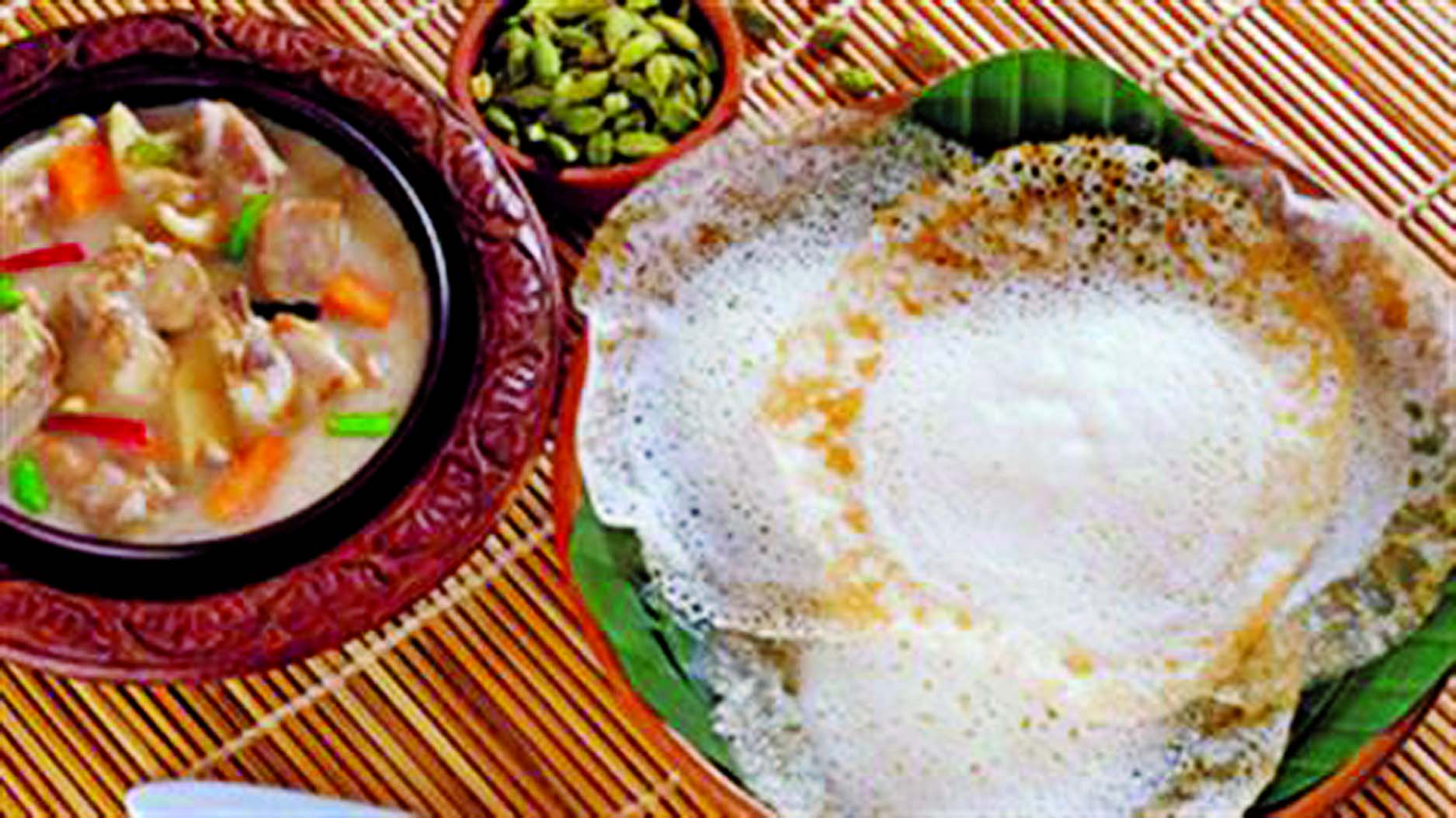Coorg, a serene beauty; shaped over centuries by wild forests, fields with clear mountain streams. Amidst them lie the secrets of flavors in Coorg cuisine. A few items to offer, but can humble you with its dexterity. One of my favorite cuisines, Coorgi cuisine is authentic to its taste when ingredients are a definition of indulgence. From wild boar, imperial pigeon, crabs embedded in mud embankments of paddy fields, tender bamboo shoots to wild mushrooms all find their way to an exceptional culinary delight!
Coorgi cuisine may qualify as rustic cuisine. Wild mushrooms sourced from scattered forests seasonally may qualify as the mushroom hunters dream. Sprouted mushrooms on the bark of a tree, dried and placed in a bowl can also become a visual treat for your table.
Since monsoons are severe – salting, pickling, preserving, brining, smoking and drying of meat form a part of the culinary year. Dried fish is also one form of comfort food. Vegetables like the Mangalore cucumber, gourds and pumpkins are carefully stored in attics for a rainy day. A special colocasia leaf that grows, orchid-like, on trees are steamed into puttus (steamed rice cakes) and dried jackfruit seeds are pounded into a tasty chutney or made into a rich, earthy curry.
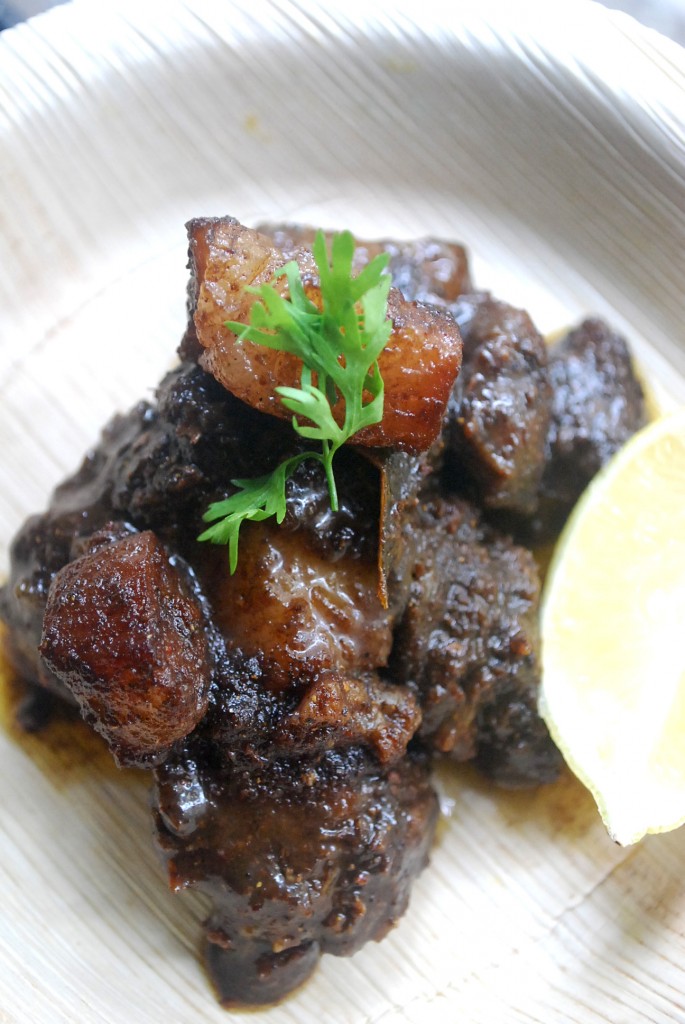
The staple food of the south is rice and used every day or for occasions in many different ways. Coorgi food is dominated by non-veg except during the Kaveri festival, Shankramana when the food is strictly vegetarian. Though Coorg cuisine has several variations to offer, pandi curry (pork curry) is the most popular dish. Contrary to belief, Coorgi food has some vegetarian (without any meat) options too like kumbala (pumpkin), double beans curry, which is curried with mild coconut when compared to Kerala or Mangalore cuisines, bamboo shoot curry or bimbale [bamboo (available during monsoon)], mango curry (available during summers), wild mushrooms or kumme and jackfruit seed curry. The curries are flavoured with locally grown cardamom, pepper, herbs and condiments. One of the most essential condiment is kachampuli, a dark, tart vinegar which is processed from a fruit. Kachampuli is usually used in the final stages of cooking, mainly in meat and fish dishes, most famously in pandi (pork) curry. Fish is restricted to fresh water or dried.
All Coorgi curries veg or meat, pairs extremely well with rice-based dishes. I have listed some must have dishes in Coorg:
Pandi curry & Kadambuttu:
Pandi (pork) curry being the most popular and talked about dish of Coorg stands true to its popularity. No wedding or occasion is complete without serving this dish. Hunting and eating the game is part of the tradition and even till date is performed during ceremonies. The spices are dried roasted mixed with flesh/bone , cooked in its own fat and flavoured with kamchampuli. This dish can get you quiet addicted with a glass of rum. Pandi curry is served with kadambuttu or steamed rice balls made from coarsely ground local rice. I have earlier shared pandi curry recipe on my blog.
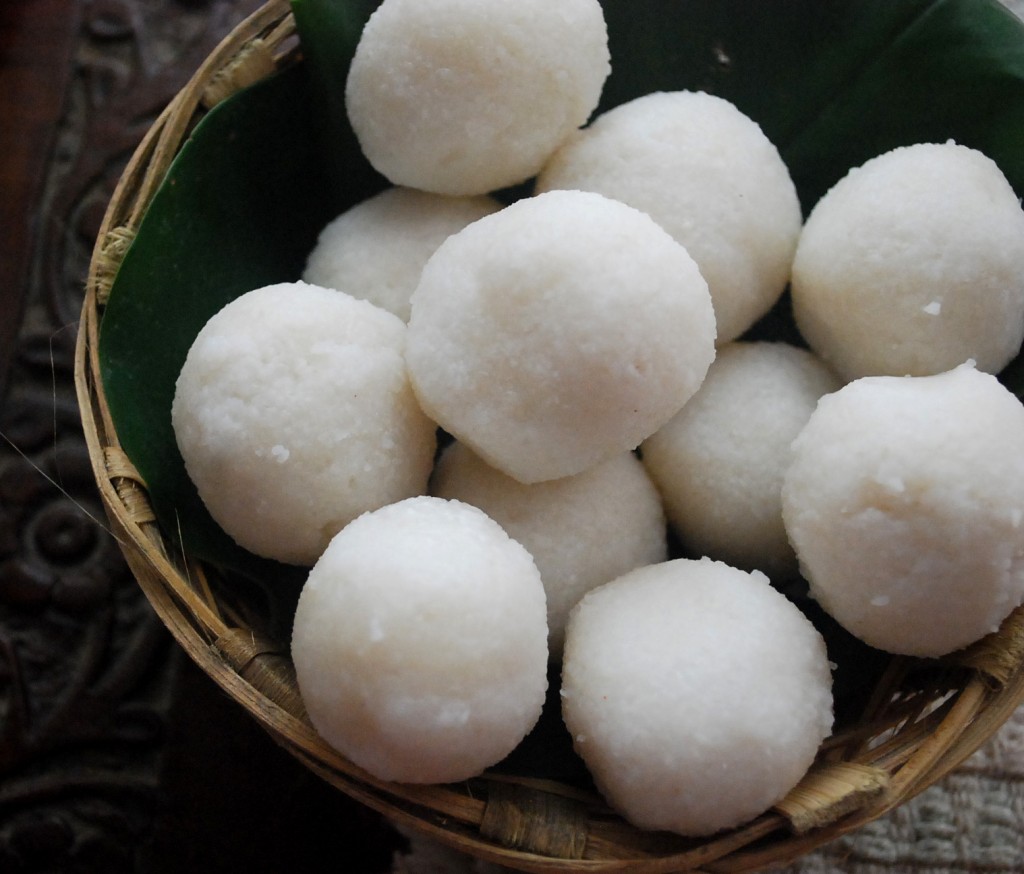
Rice roti (Akki otti) & bamboo shoot curry (Bimbale):
Tender bamboo is a seasonal delicacy that can be either salted or frozen for use through the year. Spiny bamboo that grows along the river banks is said to possess the best flavour. The bamboo is chopped or sliced and soaked in water for 48 hours, to remove toxic acids that it contains. The water is changed every 24 hours, and the bamboo ferments gently, retaining a tang when cooked. The bamboo is finally rinsed before cooking.
Bimbale curry goes extremely well with akki otti for breakfast. Akki otti is made with cooked rice and rice powder. Akki otti made on a wood fire gives a wonderful and nutty flavour. They can be had for breakfast, lunch or dinner. At breakfast, they can be served with pumpkin curry, chutney or Coorg wild honey. At lunch or dinner they go extremely well with curriers, meat or fish dishes.
Chicken curry (koli curry) & Steamed thread puttu (Nool Puttu):
Most Coorg houses have chickens running around in their backyard – free-range chicken. Since most of the homes are far away from markets, the chicken would become an ideal dish to be served to unexpected guests. To accompany the chicken is a flavourful curry made from ground spices and poppy seeds. A little tartness is brought in through a few drops of kachampuli. Koli curry is served best with nool puttu.
Nool puttus are a soft textured treat, pressed out in delicate strands, into rounded heap and faintly flavoured with cardamom. They may also be eaten for breakfast with honey or melted jaggery topped with grated coconut.
No trip is complete without a good cuppa Coorg coffee. I would recommend black coffee, the Coorgi way; let me warn you that it may take some time in getting used to the taste. The freshly ground coffee powder is boiled with water and then sweetened with jaggery.
When it come to desserts, Coorgi sweets are mostly jaggery based, from payasam to steamed or fried banana or jackfruit based sweets.
TIP FOR TRAVELERS: Coorg coffee, honey and spices like black pepper and cardamom are worth picking up – some for the goodie bag to take home. The innovative use of local ingredients is evident in many a dish and keeps you wanting for more.
To get more information & assistance, please submit the form below and our specialist will get in touch with you at the earliest.

